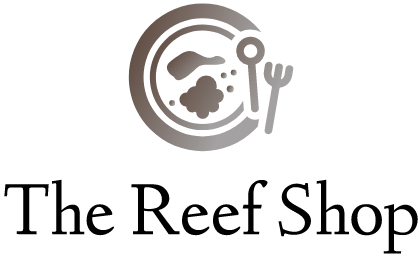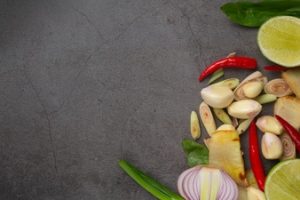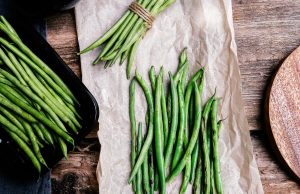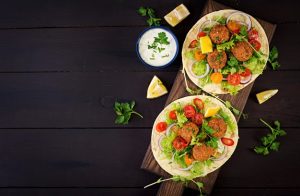
An Introduction to Wine
What is wine?
Wine has been made from two simple ingredients for centuries: yeast and grape juice. Almost any fruit juice can be used, but the vast majority of wines are made from grape juice.
How is wine made?
Yeast is the magic ingredient that turns grape juice into wine. Interestingly, there are wild yeast spores in the air, and all you need to make wine is an open container of grape juice and time. However, the result is probably not the tastiest drink.
There are numerous strains of yeast, and the varieties used to make the wine were obtained solely for that purpose. However, yeast is a living organism that feeds on the sugar in grape juice in a process called fermentation.
During fermentation, yeast spores multiply exponentially until all fermentable sugars are consumed. During this fermentation process, the sugars are converted into alcohol and carbon dioxide.
Yeast also gives finished wine a flavour that depends on several factors, such as the yeast strain used, the temperature during fermentation, and other factors.
When all the fermentable sugars are used up, the yeast falls to the bottom of the container. The wine is removed from the container, leaving the yeast behind, and transferred to another container to mature while it waits to be bottled.
Of course, this entire process has been greatly simplified for general understanding.
How does wine acquire colour?
You probably know that there are green and black grapes and that different grapes are used to make different wines.
What you may not know is that almost all grape juice (including black grapes) is colourless to golden.
A wine acquires its colour by allowing the skins to soak in the juice during fermentation. You can make white wine from black grapes by keeping the skin out of contact with the juice. Champagne is one of the most famous examples.
Leaving the skins in the wine for a short time creates a rose (or blush). If you stand for a long time, you get a dark red wine.
What gives each wine its flavour?
Even if there are very few ingredients, there are many things that affect the taste of the wine. First of all, there are many varieties of grapes. Each grape variety produces different flavours, aromas, and even textures.
Furthermore, the soil and climate in which the grapes are grown dramatically affect these variables.
Additionally, the winemaker can control several things through technology, temperature, and yeast used during fermentation. Other variables such as fermentation or storage in oak barrels also influence the flavour.
Don’t worry; with all of these factors, even the most avid wine drinker could experience all the different types of wine on the market today. Let the treasure hunt begin!
What is tannin?
Tannin is a substance in wine that causes a sensation of dryness and firmness in the mouth. It is extracted from the skins, seeds and stems of grapes, which is why red wines contain more tannins than white wines.
White wines get a tanning wheel when oak barrels are used for fermentation or ageing. Eat just the skin of grapes or drink highly brewed unsweetened tea to get a good idea of how tannin feels in your mouth.
What are sulphites?
The law states that nearly all wines made in the United States will have “Contains Sulfites” on their labels. This is because a very small percentage of asthma patients can be very sensitive to sulphites.
Sulphites or sulphur dioxide is natural compound through the fermentation process. However, sometimes a winemaker will add a bit more due to its antibacterial and preservative properties. White wines have more sulphites than red wines because they need more protection.







